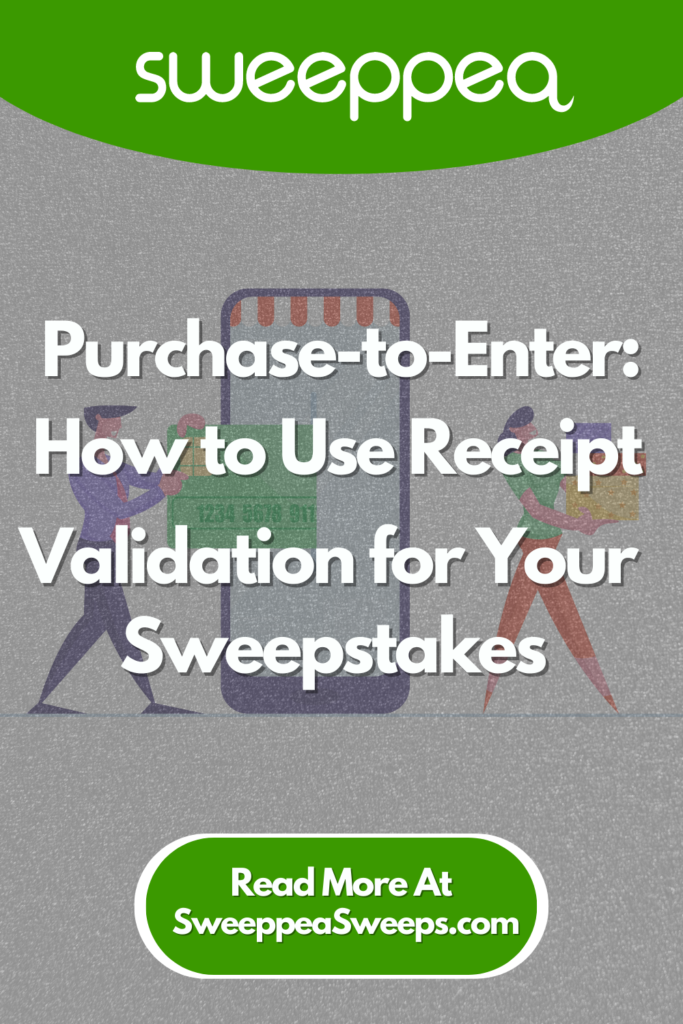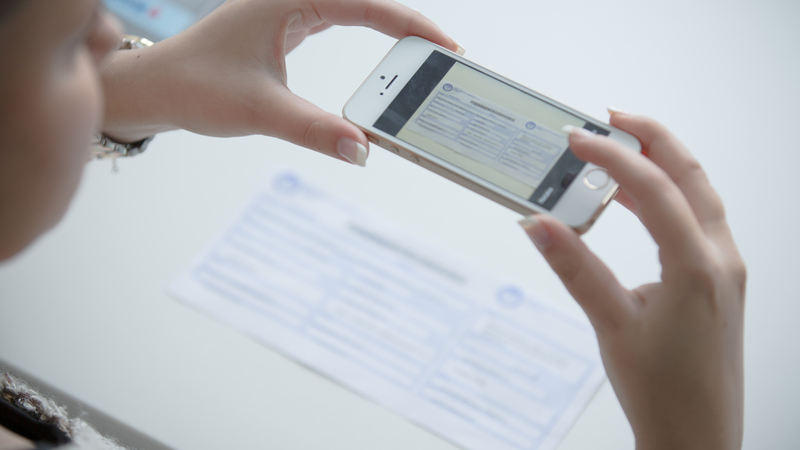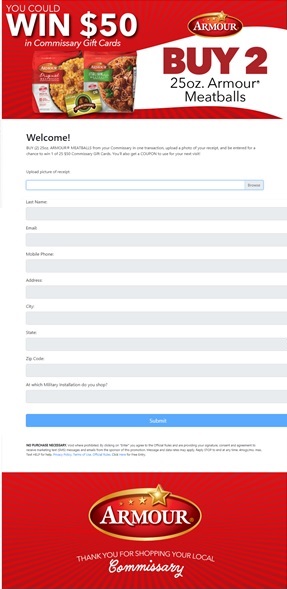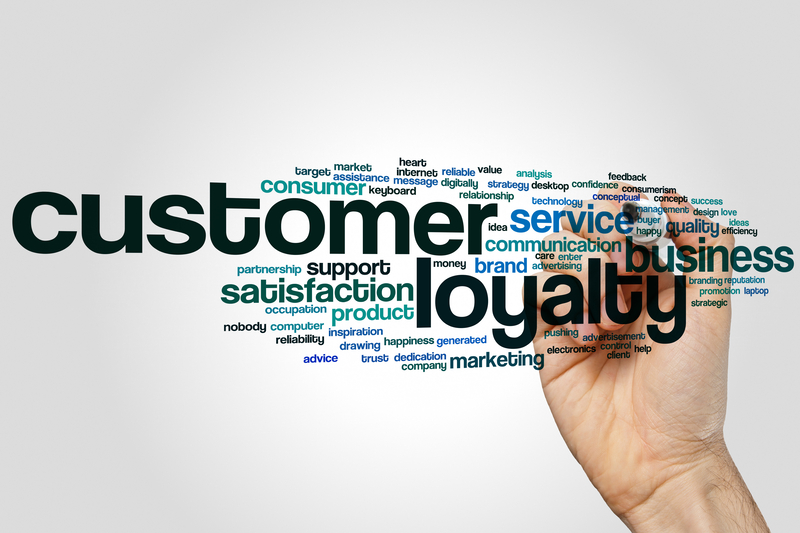
Receipt validation is a key component to help boost the sales of a product when offered in a Sweepstakes.
In a Sweepstakes, customer receipt validation asks sweepstakes participants to upload a picture of their purchase receipt as a method of entry for a chance to win a prize. By offering a prize, you are incentivizing customers to make a purchase in order to participate for a chance to win. Additionally, sweepstakes help the brand obtain useful information like emails, zip codes, or mobile numbers that can be used for remarketing and brand engagement.
Here, we will cover important aspects of how to run sweepstakes with receipt validation, and their marketing, and sales value.
What is a Purchase-to-Enter Sweepstakes?
A purchase-to-enter sweepstake is a promotion in which one of the entry methods encourages customers to validate a purchase receipt to qualify for the sweepstakes. However, have in mind that all purchase-to-enter sweepstakes must abide by the No Purchase Necessary Law in order to keep the promotion legal. We highly recommend that you hire sweepstakes or a giveaway company. They will provide you with the legal tools you need to run legally compliant sweepstakes.
What is Receipt Validation?

Receipt validation is an important component of a purchase-to-enter because it produces sales that can be tied directly to the promotion. By using receipt validation, every participant, aside from the free entries, bought your product in order to enter and used the purchase receipt to show proof of purchase. The most efficient receipt validation method is the Physical Receipt Validation where customers take a photo or scan their receipt and submit it digitally by uploading the receipt as part of completing the Entry Form.
Physical Receipt Validation is usually done through apps that use Optical Character Recognition (OCR) to validate the sweepstakes participant’s receipts based on the official rules established for the sweepstakes or when a winner is drawn, the receipt is verified. Another method for physical receipt validation is sending the images through text (SMS) to a designated number.
The physical receipt validation process has the following steps:
- Participants visit the sweepstakes website.
- Participants enter name, email, mobile, address and are asked to upload a picture of the receipt.
- Customers take a picture of their purchase receipt and then submit the image in the designated entry form field.
- The participant submits the Entry form.
- The participant is thanked for the entry and this message serves as the entry confirmation.

Why is Receipt Validation Important in Sweepstakes?
A receipt accompanied by first-party data obtained through a form or profile (i.e.: name, phone, address, etc.) can provide the organization hosting the sweepstakes with important information that can help foster customer loyalty and increase future purchases.
How to Use the Data Obtained in the Sweepstakes Contest?
Before implementing any strategy, your organization needs to determine what data they want to collect and how they will use it.
Example: If you decide to collect your customer’s birthdays, you can use that to send birthday discounts or coupon codes.
Another important aspect to look out for when deciding what data to use is what products customers are mostly using. This could bring you insight on future product ideas, future benefits, or even give you an idea of what product communications to send off during marketing efforts.
Check out: What to Include on a Sweepstakes Survey
How to Enrich Data?
When thinking of first-party data, a good point to consider is how to enrich and add more specificity to the data. The more data you have, the more you can customize your communications with your customers. Examples of enriched data are communication preferences, gender, birthday, and other behavioral data.
There are a variety of methods that can be used to enhance or enrich data. The most commonly used is adding checkboxes during sign-up. These can be used to get customers to sign up for marketing communications. When implementing data enrichment methods such as opt-in checkboxes, make sure you always offer a benefit in exchange for the information that the customer is providing.
The data obtained from receipt validations is extremely valuable. When implemented correctly, it can help create customer loyalty experiences that increase purchases and build brand loyalty.

How to Use Loyalty Experiences such as Sweepstakes to Obtain Valuable Data?

Customers are motivated to be loyal to a brand or an organization when they are offered incentives. The chance to win cool stuff offers the opportunity to facilitate this. The data obtained from these incentives (e.g.: sweepstakes, giveaways, loyalty programs, etc.) creates engagement. This allows brands and organizations to identify consumer behavior such as what motivates repeated visits and purchases.
The Bottom Line: Receipt Validation is a Valuable Tool For Obtaining Data When Offering Purchase-to-Enter Sweepstakes
When a brand offers marketing programs such as Sweepstakes with the objective of increasing sales, Purchase-to-enter Sweepstakes with receipt validation offers an effective tool. Not only because it asks the participants to make a purchase for a chance at winning a prize, but it also captures valuable marketing information.
As a Sweepstakes Company, we encourage our customers to consider receipt validation for their sweepstakes. Not only will it help boost sales, but to capture valuable information for remarketing.
Need help with sweepstakes or contest management? Call 305-505-5393 or email us with your questions.

